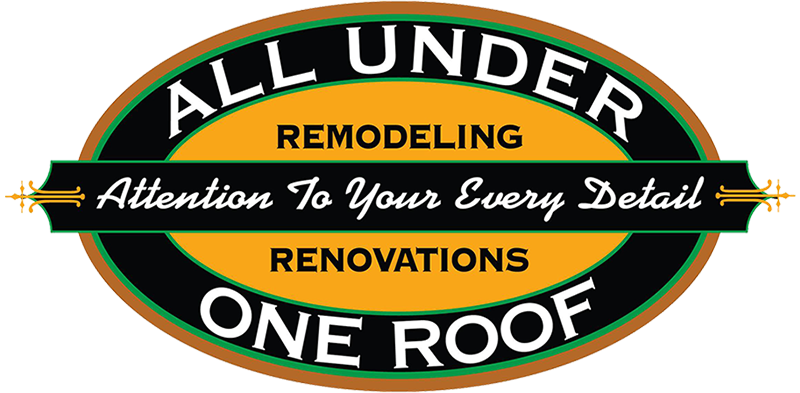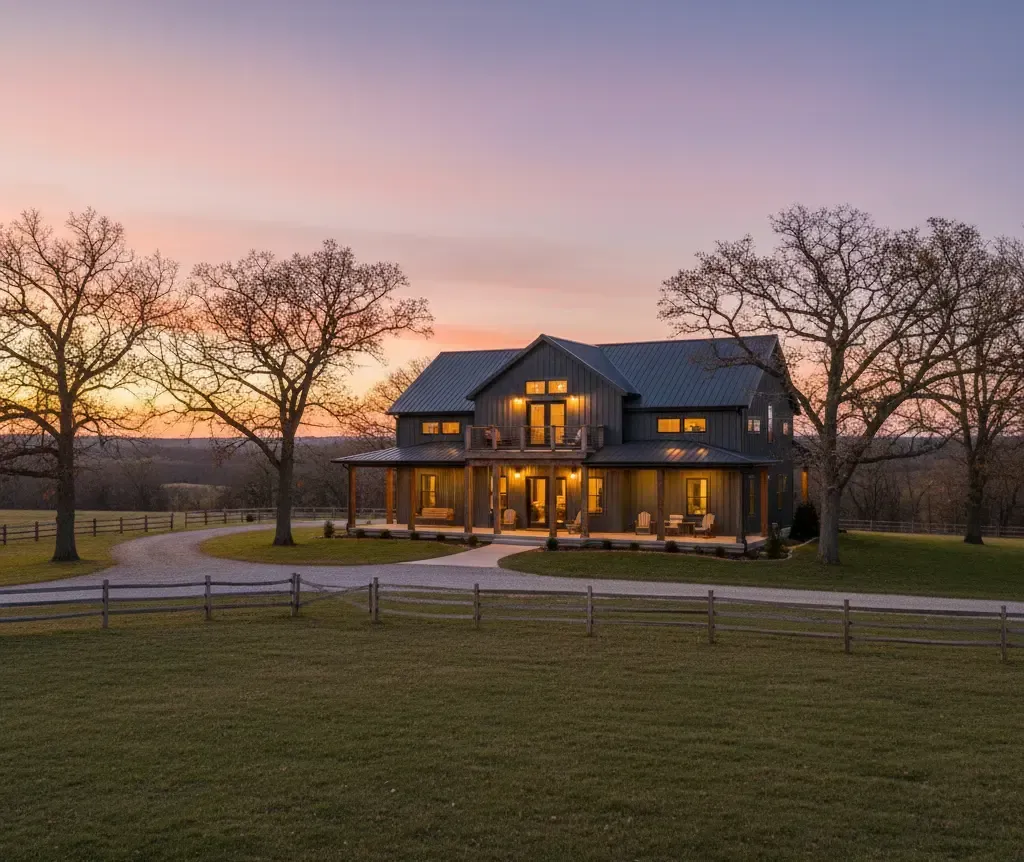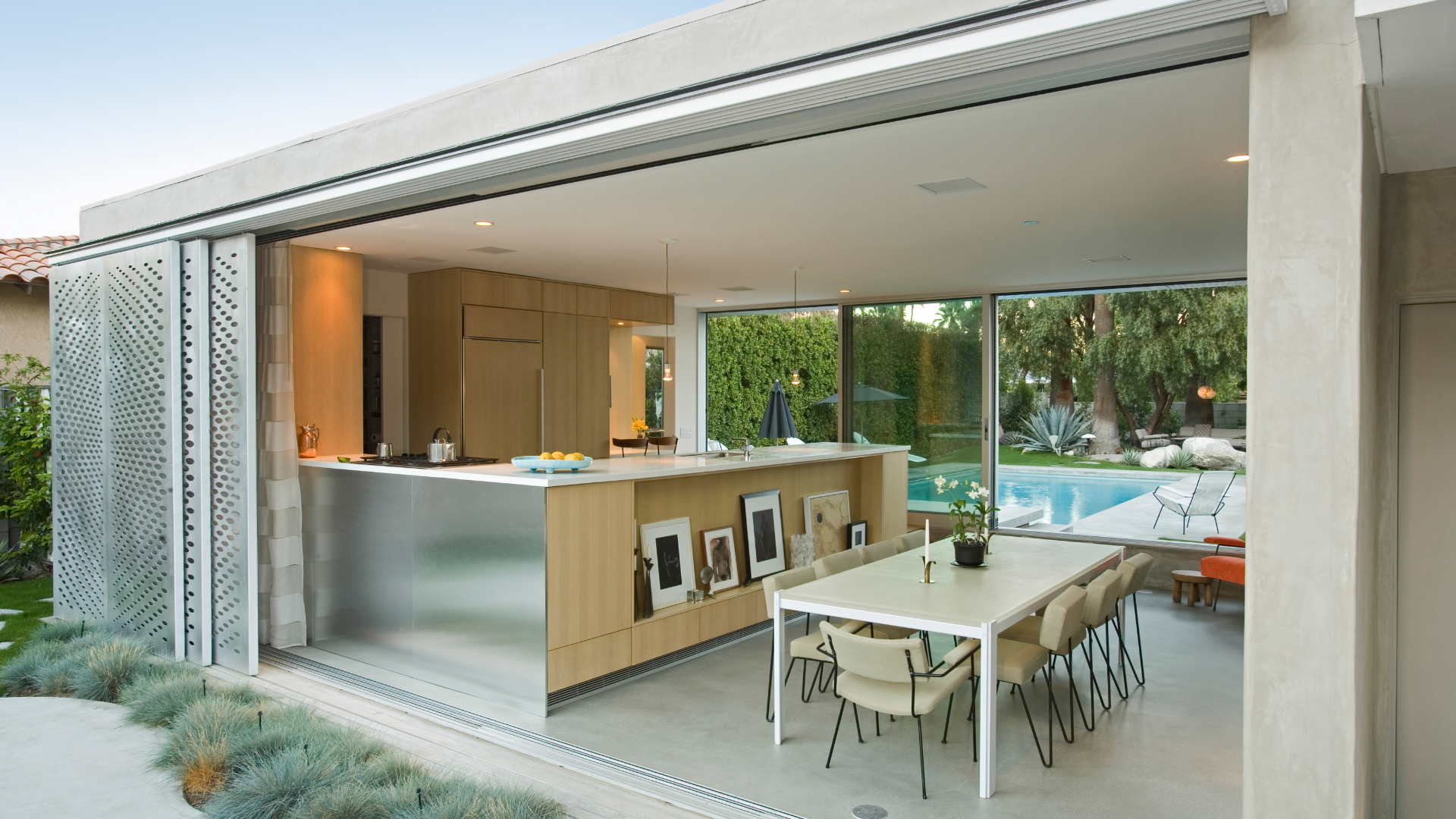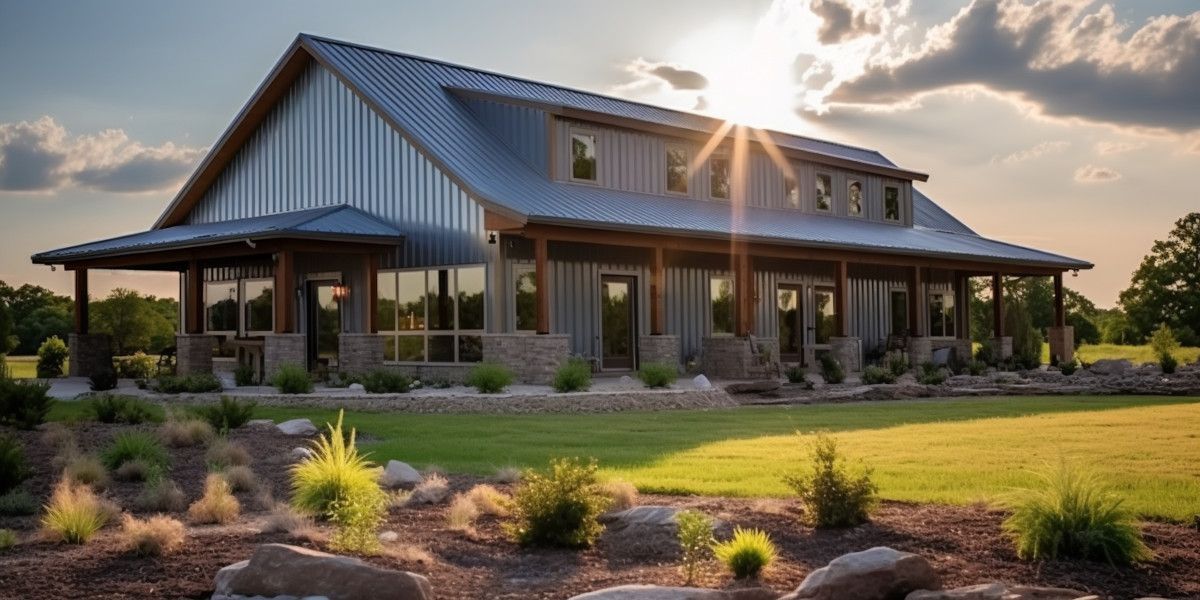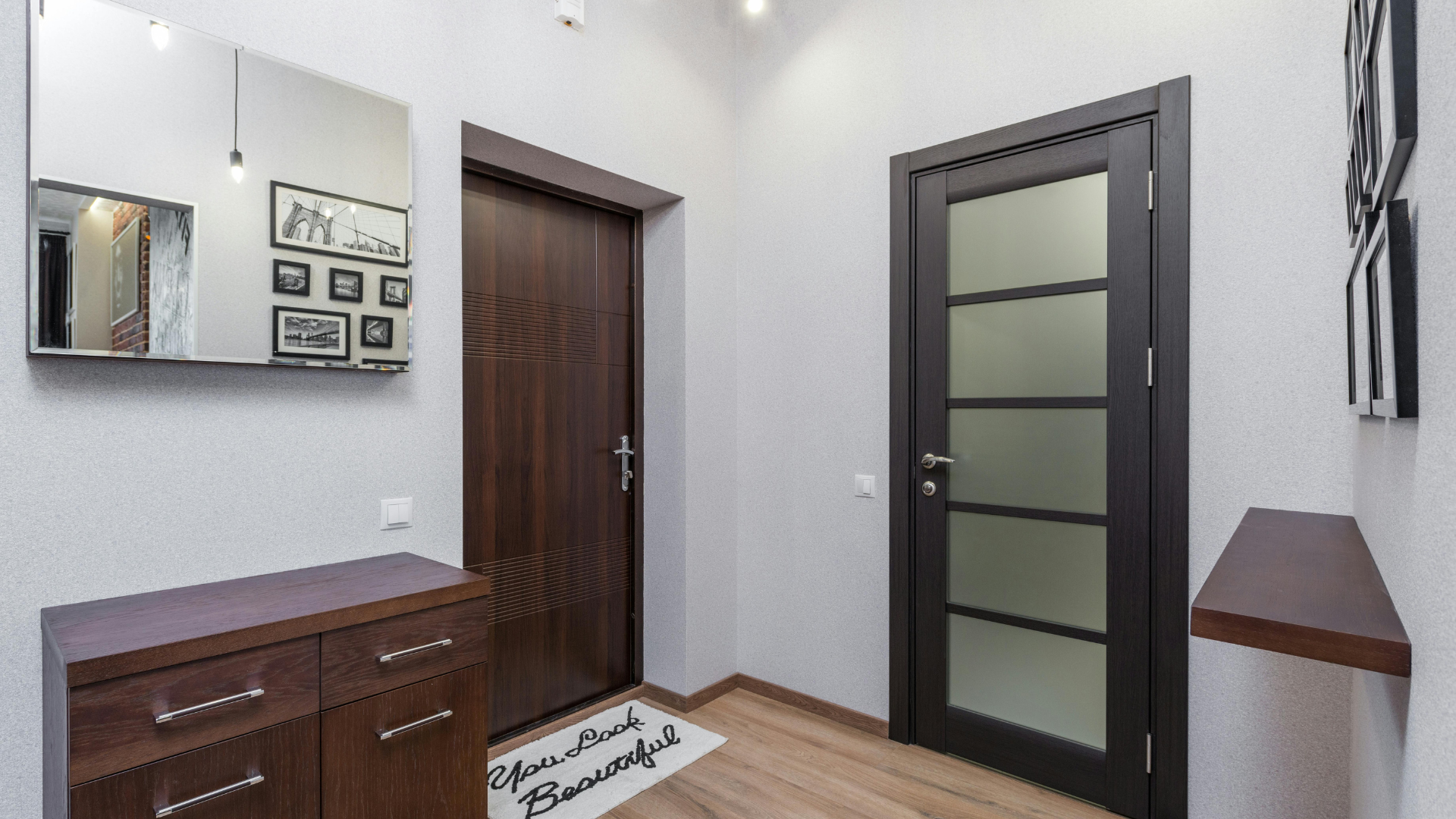Protect Your Pipes: Is Your Plumbing Ready for a Kansas City Winter?
Protect Your Pipes: Is Your Plumbing Ready for a Kansas City Winter?
Kansas City winters hit hard and fast. One day it's mild, the next a sharp freeze grips the metro area. Pipes burst under the pressure, leading to floods, mold, and repair bills that top $5,000 on average, according to local plumbing stats. Homeowners face big headaches from these sudden cold snaps.
This guide walks you through a full checklist. You'll learn how to spot risks and take steps to shield your plumbing. Act now, before the first deep freeze arrives in the KC area. Stay ahead of the ice.
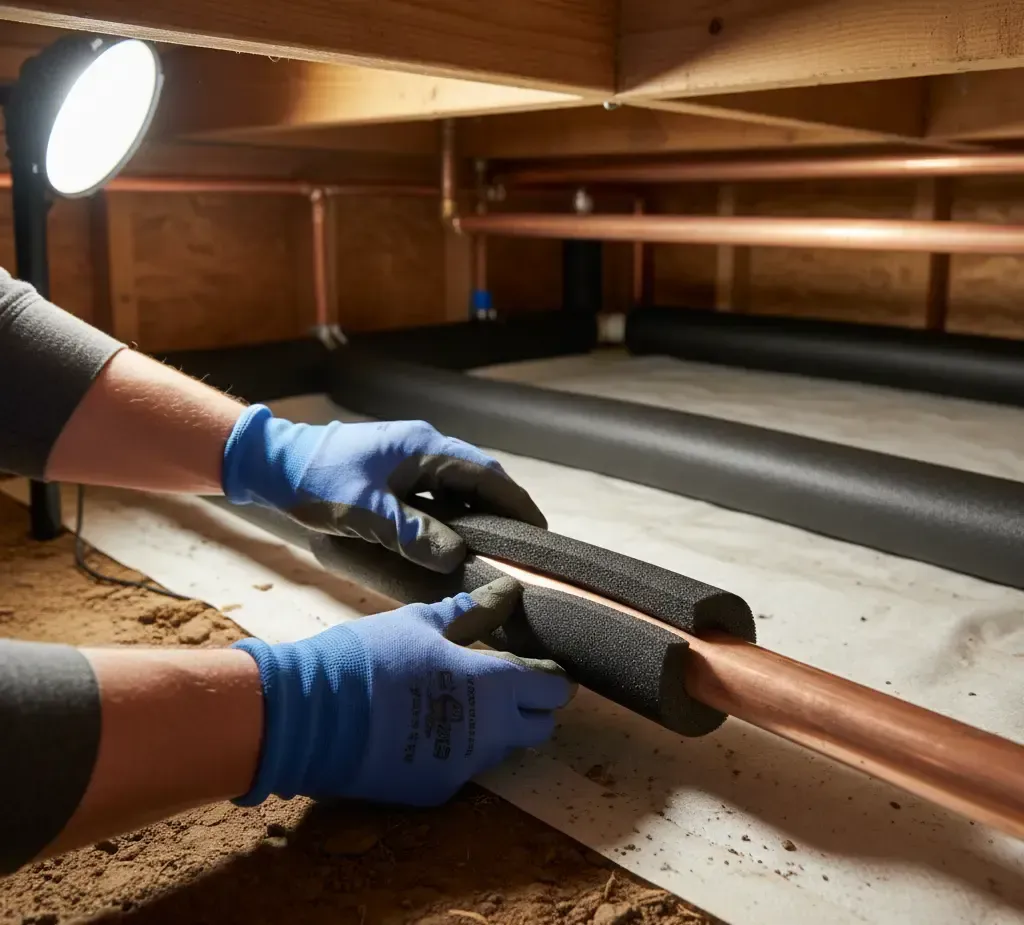
Section 1: Identifying High-Risk Areas in Your Kansas City Home
Frozen pipes cause most winter woes in homes. Spot these spots early to avoid trouble. Kansas City's chill seeps into weak points.
Exposed Pipes in Unconditioned Spaces
Crawl spaces stay cold year-round. They sit below your home's warm floors. Pipes there freeze first during a KC cold front.
Basements near exterior walls feel the draft too. Garages and unheated closets trap icy air. Check these areas for bare metal lines.
Walk your home on a cool day. Feel for cold spots along pipes. Exposed ones in these zones need your attention most.
Exterior Plumbing Vulnerabilities
Outdoor hose bibs face the worst blasts. Water inside them turns to ice overnight. Sprinkler lines and faucets freeze if not drained.
Disconnect garden hoses right away. Shut off indoor valves to these lines. Winter comes quick in Kansas City, so don't wait.
Irrigation systems demand full draining. Blow out lines with air if you can. Left alone, they crack and leak come spring.
Plumbing Near Drafts and Windows
Pipes along outside walls chill fast. Cold air sneaks through cracks. Windows and doors let frost in too.
Under kitchen sinks on exterior sides? Prime targets. Appliance vents pull in outside chill. Inspect these runs closely.
Feel the pipes on windy days. If they feel cool, ice could form soon. Drafts turn safe lines into risks.
Section 2: Essential Preparation Steps Before the Deep Freeze
Prep your home step by step. Small actions save big money. Kansas City freezes test your setup.
Start outside, then move in. Each task builds protection. You'll sleep better knowing your pipes are safe.
Winterizing Outdoor Water Sources (The Critical First Step)
Turn off water to hose bibs first. Find the shutoff valve inside your home. Close it tight to stop flow.
Drain the lines by opening the outdoor faucet. Let water run out fully. Tilt the handle down if it helps.
Add foam covers over spigots. These "faucet socks" block wind and snow. Buy them at any hardware store in KC.
For main supply lines to outdoors, shut the indoor valve if your setup allows. Test by running the outdoor tap—no water should come. This keeps ice from forming inside walls.
Insulating Exposed Interior Pipes
Grab foam sleeves for your pipes. They slip on easy and fit most sizes. Cover every inch of exposed metal.
Wrap fiberglass around tricky spots. Use tape to secure it. Valves and joints get the same treatment—no skips.
Focus on crawl spaces and basements. These areas dip below freezing fast in Kansas City winters. Insulation adds a warm shield.
Test the fit after install. Tug gently to check hold. Good coverage means no ice buildup.
Sealing Air Leaks
Cold air slips through tiny gaps. It chills pipes from afar. Seal them to keep warmth in.
Check foundation vents and utility entries. Caulk around cables and gas lines. Pipes entering walls need tight seals too.
Use weatherstripping on doors and windows near plumbing. Drafts from these spots freeze lines quick. A full home seal helps all.
Walk around on a breezy day. Feel for air rushes. Fix spots to block the chill.
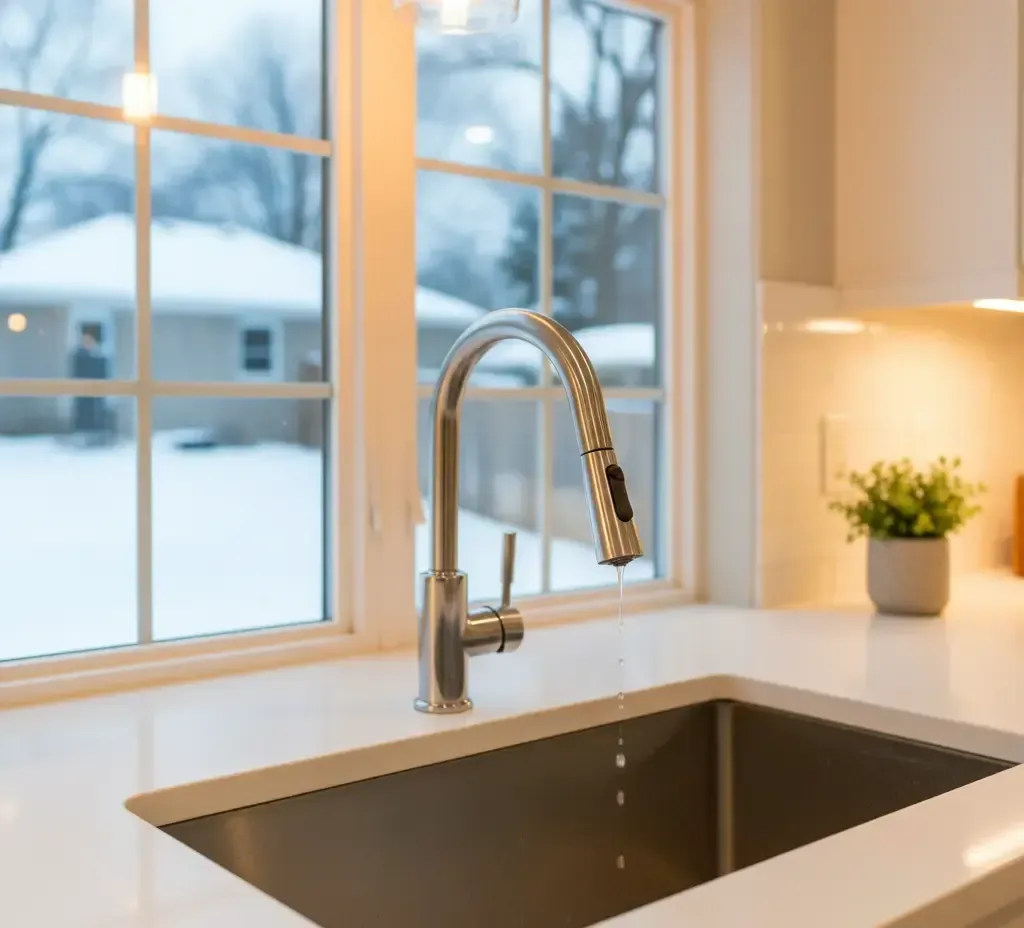
Section 3: Heating and Circulation Strategies to Prevent Freezing
Heat keeps water moving. Smart strategies fight the freeze. Kansas City's drops demand constant watch.
Layer these methods for best results. They work together to protect. No single fix covers all.
Maintaining Consistent Indoor Temperatures
Set your thermostat to at least 55°F. Even when you're out, keep it steady. Drops below that risk pipe freezes.
In KC cold snaps, bump it higher at night. Whole-home warmth fights exterior chill. Save energy, but not at pipe cost.
Use space heaters in key rooms if needed. Place them away from pipes, though. Consistent heat is your base defense.
Track forecasts daily. Adjust settings before temps plummet. This habit prevents surprises.
Utilizing Heat Tape and Cables Strategically
Heat tape warms pipes electrically. Pick models with built-in thermostats. They turn on only when cold hits.
Wrap it around exposed lines in crawl spaces. Plug in and test the switch. Follow package rules for safety.
Avoid overuse—tape gets hot. Keep it dry and away from flammables. In Kansas City basements, it's a smart add-on.
Install before winter peaks. Pros in KC can help if lines are hard to reach. It saves from burst disasters.
The "Drip" Method: Managing Extreme Cold Events
Let faucets drip slow during deep freezes. Moving water resists ice better. Start with hot and cold taps.
Aim for a steady trickle, like a penny's width. It wastes little but guards vulnerable pipes. Use it when temps stay below 20°F.
Focus on lines near exterior walls. This method buys time in KC's worst nights. Turn it off once warmth returns.
Listen for the sound—it's your freeze alarm. Combine with other steps for full coverage.
Section 4: Water Heater and Appliance Readiness for Winter Demand
Winter ups water use for warmth. Your systems strain under cold feeds. Check them now to avoid breakdowns.
Routine care keeps things running smooth. Kansas City cold tests every part. Prep appliances too.
Servicing and Checking the Water Heater
Flush your water heater yearly. Sediment builds up and cuts efficiency. Cold city water makes it work harder.
Turn off power or gas first. Connect a hose to the drain valve. Run until water clears.
Cold incoming lines slow heating. Insulate the heater's cold feed pipe. This boosts performance in winter.
Call a local plumber if unsure. In KC, pros spot issues fast. A tuned heater handles the load.
Protecting Well Systems and Pumps (For Suburban KC Residents)
Suburban wells face unique freezes. Insulate the well house with foam boards. Cover pits over tanks.
Wrap pressure tanks and pumps in blankets. Add heat lamps if nights dip low. These keep water flowing.
Check lines from well to house. Bury exposed parts deeper if possible. Rural KC spots see harsher chills.
Test the system weekly in winter. Run taps to ensure no ice blocks. Early fixes prevent outages.
Backflow Prevention Check
Backflow devices stop dirty water reversal. Many sit exposed near your main line. Freeze them, and codes trip.
Insulate these units with wraps. Drain any standing water first. Irrigation ties often use them.
Inspect for cracks now. City water rules in Kansas City demand protection. A frozen one means big fines.
Schedule a check with your plumber. They ensure compliance and safety. Peace comes from solid prep.
Peace of Mind Through Proactive KC Plumbing Maintenance
Kansas City winters spare no one. But simple steps shield your home. Drain exteriors, insulate pipes, and hold steady heat—these top three tasks matter most.
Emergency fixes cost thousands in the KC area. Prevention runs cheap and quick. Save stress and cash this season.
Check your plumbing today. Weather apps show cold fronts coming. Act before ice strikes—your home will thank you.
